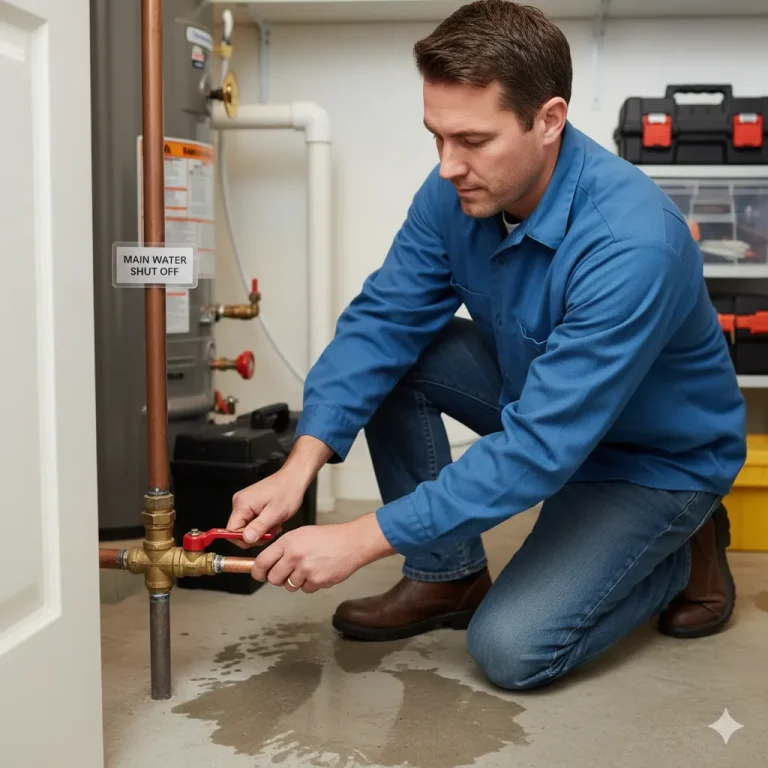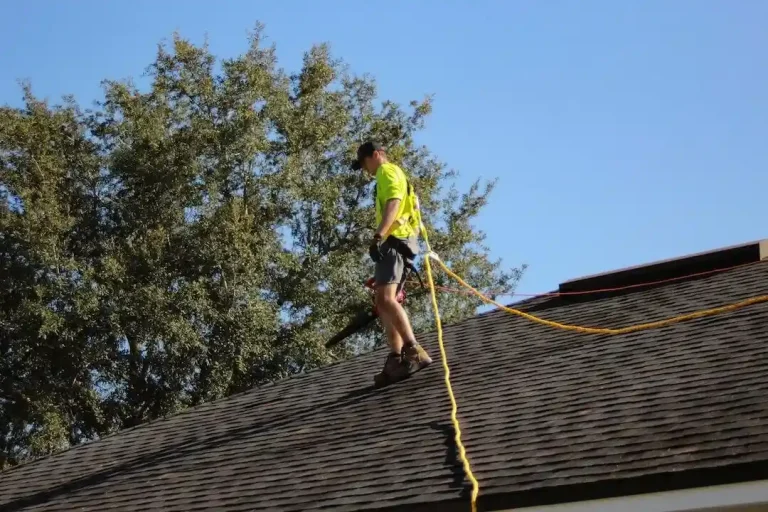Understanding Asbestos Risks in Older Buildings

Many older buildings hide a dangerous secret: asbestos risks. This harmful material was once used in insulation, flooring, and walls. Over time, it can break down and release tiny fibers into the air. Breathing in these fibers may lead to serious health problems.
If you live in or work near an old building, it’s important to know where asbestos may be hiding and how to stay safe.
What is Asbestos?
Asbestos is a group of natural minerals made of thin fibers. These fibers are strong, heat-resistant, and were once used in many building materials. You could find asbestos in insulation, floor tiles, roofing, and cement.
Because it was cheap and effective, it was used for decades. However, when materials wear down, asbestos fibers can become airborne. Breathing in these fibers is very dangerous to your health.
Asbestos Risks in Older Buildings
Many buildings built before the 1980s still have asbestos inside walls, ceilings, or floors. Over time, as these materials age or get damaged, the asbestos can be released into the air. This is especially risky during repairs, renovations, or demolitions.
People may not even realize they are breathing in these tiny fibers. Asbestos exposure is often invisible but very harmful. That’s why understanding where asbestos may be located is so important.
Health Effects of Asbestos
When asbestos fibers are inhaled, they can get stuck in the lungs. This can cause scarring and lead to diseases many years later. Common health effects of asbestos include lung cancer, mesothelioma, and asbestosis.
These illnesses can take anywhere from 10 to 40 years to show symptoms. People who work in construction, demolition, or live in older homes are at higher risk. Protecting yourself starts with awareness and proper safety steps.
Identifying Asbestos in Homes
One of the biggest challenges is identifying asbestos in homes. Asbestos can look like common materials, so you can’t always tell by appearance. It may be hidden in insulation, popcorn ceilings, or vinyl flooring.
You should never touch or disturb materials you suspect contain asbestos. Instead, hire a licensed inspector to assess the area. They will take samples and safely check for asbestos content.
The Asbestos Removal Process
Once asbestos is found, it must be handled with great care. The asbestos removal process involves sealing off the area and using special tools and gear to prevent fiber release. Professionals also use HEPA filters and follow strict safety rules.
Do not try to remove asbestos yourself, as this is dangerous and may spread the fibers. Instead, find trained specialists who are knowledgeable about managing the risks. Check out this asbestos removal in New Jersey for trusted help. A good company will inspect, remove, and dispose of asbestos safely.
Stay Safe from Asbestos Risks
Asbestos risks are serious and should not be ignored. Older buildings may have hidden asbestos in floors, walls, or ceilings. Breathing in these fibers can harm your health over time.
Never try to remove asbestos by yourself. Always call trained experts to handle the job safely. Regular checks and safe removal can protect your home and family.
Stay alert and informed to avoid danger. Taking action now can prevent bigger problems later.
Did this article help you? If so, take a look at some of our other blog posts for more informative reads.





